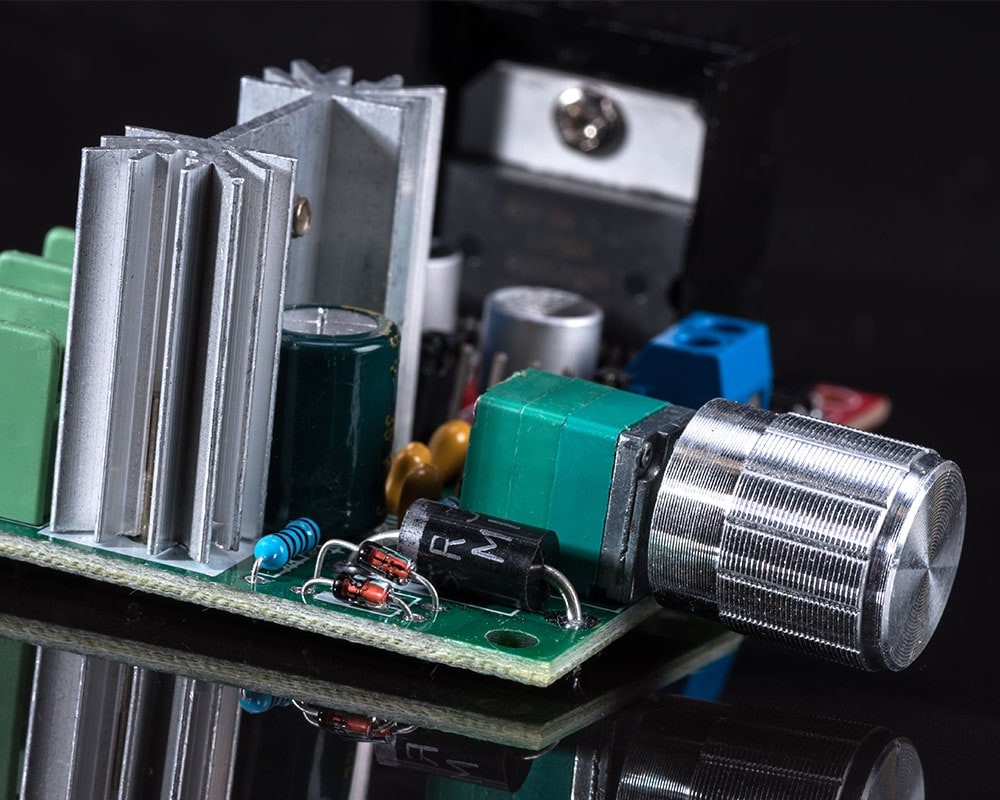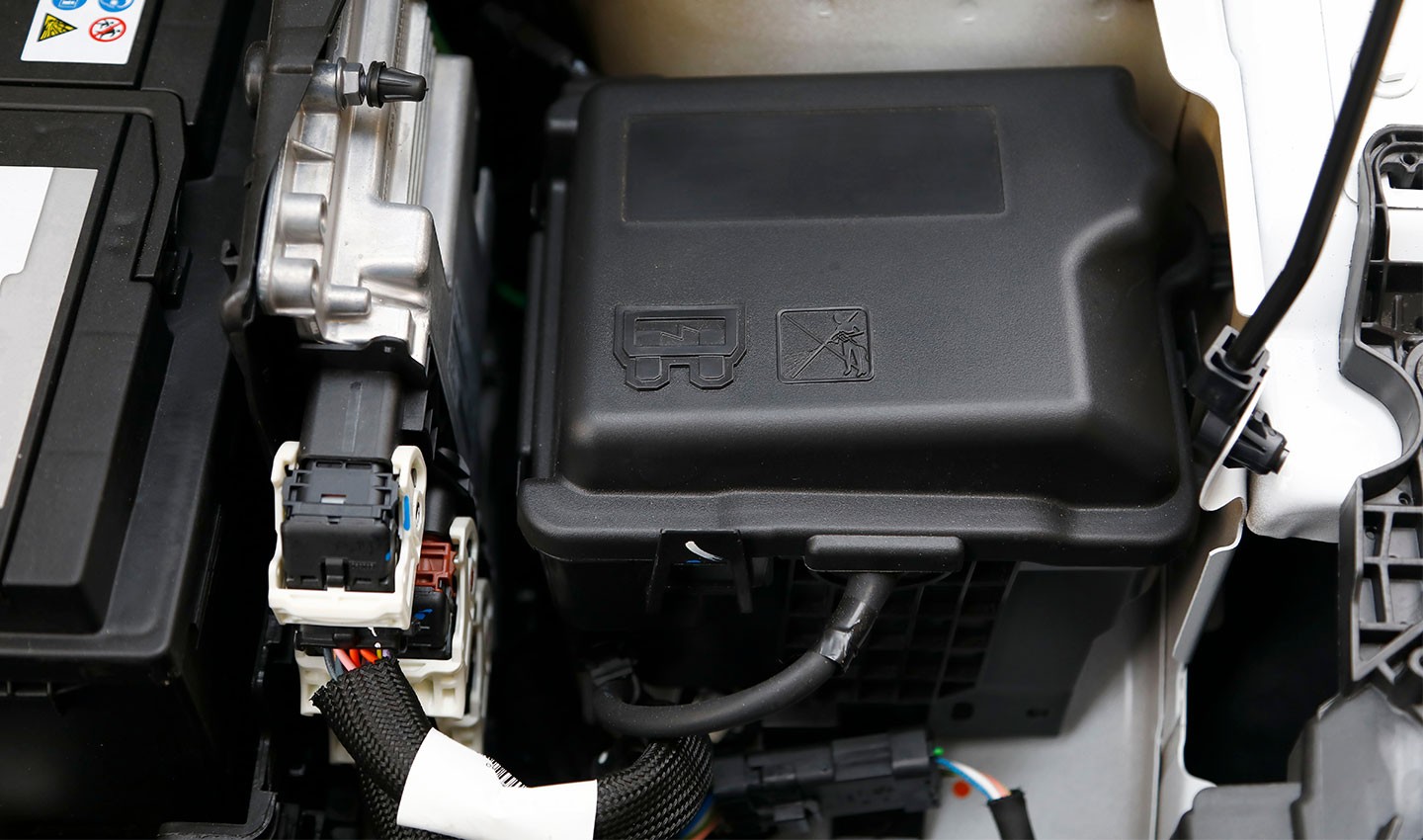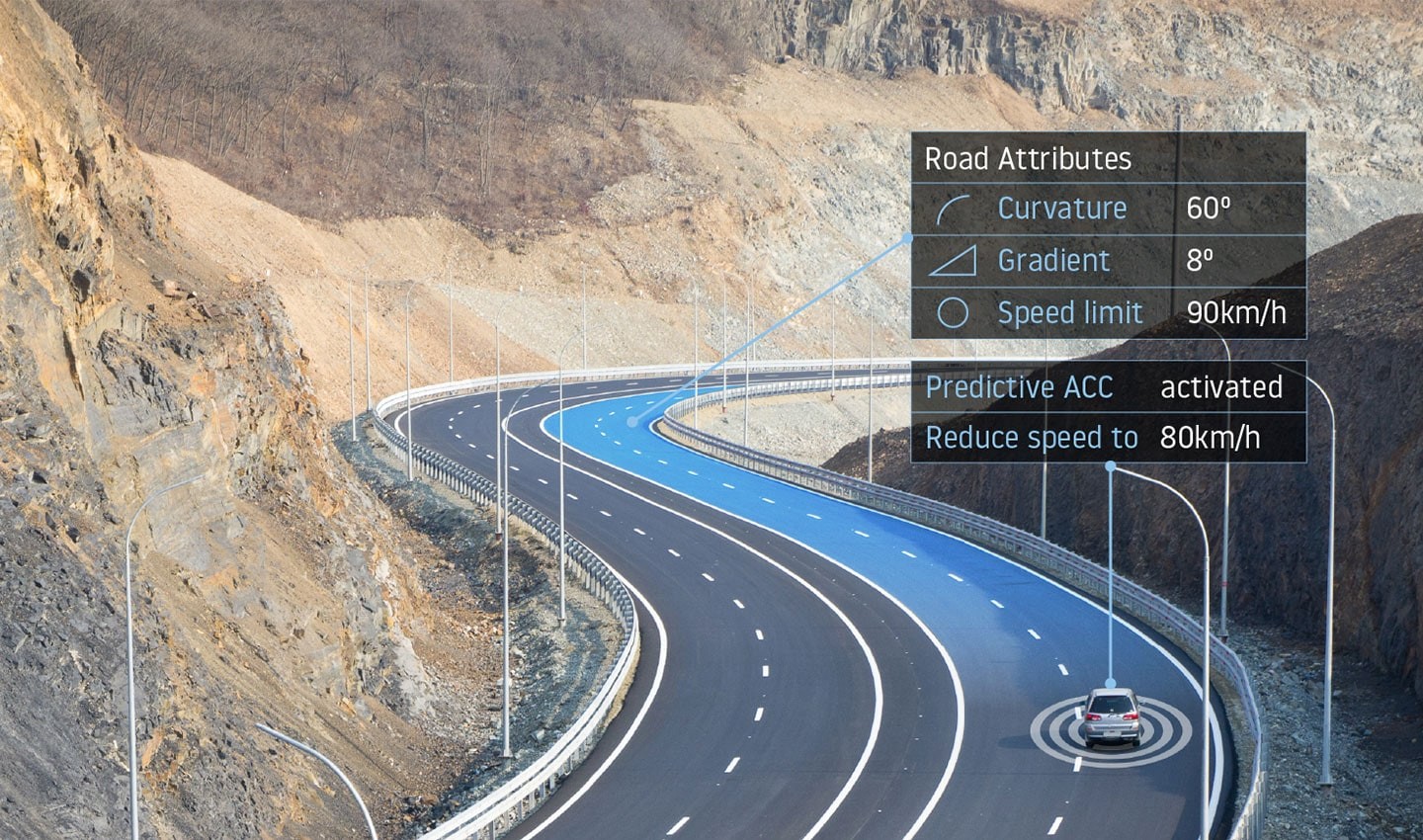ADAS ECU: the vehicle’s brain for automotive sensor fusion
&w=256&q=90)

Found in many cars today, an ADAS ECU is a dedicated module that is responsible for ADAS functions. Distributed ADAS ECUs are making way for more integrated ADAS domain controllers with centralized ECUs. The ADAS domain controller is the brain that fuses sensor data from cameras, lidar, radar, inertial measurement unites (IMUs) and map data, for perception and decision making.
Car manufacturers first introduced electronic control units (ECUs) to vehicles in the 1980s.
Their goal? To improve road safety and save lives. As a result, features that once required mechanical parts soon became electronic. From airbags to anti-lock braking and steering, there is no doubt that this shift contributed to a widespread reduction in fatalities on the road. But as technology improved, human error remained.
In modern vehicles, ECUs support a number of advanced driver assistance systems (ADAS) aimed at further increasing road safety. As the automotive ecosystem moves towards higher levels of automation and full autonomous driving becomes the ultimate goal, ADAS ECUs will play increasingly important roles.
This article will explore the role and importance of the ADAS ECU, by looking at its architecture, evolution through time and the role it is expected to play in the future.
To understand how ADAS ECUs are crucial for safe autonomous driving, it is first important to show the evolution of the ECU system architecture of the vehicle.

An ECU placed inside a vehicle.
ADAS architecture then and now
Traditionally, ECUs for individual ADAS applications were distributed around the vehicle depending on their specific function. For example, the forward collision avoidance ECU was placed in the windshield and pedestrian detection may be placed throughout to detect hazards around the vehicle.
But these decentralized system architectures are not sufficient for the more complex driver assistance systems required for higher levels of automated driving. Instead, modern systems require high computing performing and combine multiple functions into one integrated domain controller, or ADAS ECU.
This new type of ECU contains all the capacities of a modern computer, with high processing power and extensive memory, which allows the system to process multiple data streams with precision and reliability.

Adaptive cruise control automatically controls the acceleration and braking of a vehicle.
It is crucial for the automotive ecosystem to continue supporting the adoption of semi-autonomous vehicles for advanced driving assistance. As the ECUs in vehicles become more powerful, they have the capacity to perform functions previous iterations of ECU architecture could not.
Adhering to automotive safety standards
Designers need to be aware of the changing system architecture in order to continue adhering to strict automotive safety and security standards.
As a safety-critical system, ADAS ECU and its components, including the system-on-chip (SoC), must comply with the safety of electronic systems standard ISO 26262. This international functional safety standard addresses possible hazards caused by the malfunctioning of any safety-related systems in road vehicles.
As the SoC is required for higher levels of automation and plays a role in safety-critical applications such as steering, braking and accelerating, it must also comply with the automotive safety integrity levels (ASILs) and meet automotive quality management processes such as ASPICE.
Although these currently present design challenges, meeting such key safety requirements helps ensure the safety of drivers and the ones around them.
ADAS ECU and its relation to sensors
Holding the intellectual capacity of the vehicle, the ADAS ECU also has raw data processing capabilities. It fuses raw data from multiple data sources including cameras, short- and long-range radar, lidar, ultrasound sensors, as well as map data.
The system uses microcontroller units (MCU) within the ECU to process this large amount of sensor data. The vehicle uses this to generate a highly accurate 360-degree map of the surrounding environment, which includes identifying road markings, blind spots or obstructions.
The ADAS ECU then interprets the situation and takes the best and safest course of action. The system intervenes with specific targeted actions throughout the vehicle from one integrated and powerful domain controller.
One of the architecture safety features of ADAS ECU is that the vehicle can make timely safety decisions such as emergency braking, pedestrian detection and front collision warnings. Data from external sources, real-time map and traffic data and sensors can anticipate changes on the road ahead for ADAS applications such as adaptive cruise control (ACC) and highway assist.
What is adaptive cruise control and how does it work?
For these driving automation applications to perform safely, an ADAS domain controller is considered essential. The high computing power, bandwidth and memory allow the vehicle to process the vast amounts of raw sensor and map data in real-time, making decisions like humans do, but better.
Supporting the future of mobility
At TomTom, we continually apply and develop our location technology expertise to support the automotive industry in the progression towards fully autonomous vehicles.
As leading HD Map supplier to car manufacturers, we are involved in many cutting-edge research and development activities and commercial projects where the latest vehicle ADAS architectures are being deployed. This enhances our technical experience and offer customer insights to support our future investments.
Another way in which we achieve this is by partnering with automotive technology manufacturers, such as Hitachi Automotive Systems, to deliver real-time updates on the location of road hazards. These are detected by vehicle sensors, for navigation and ADAS applications that run on TomTom’s connected services.
If you want to find out more about how TomTom ADAS Maps are already playing a key role in safe autonomous driving functions, download the product page below.
Discover the TomTom ADAS Map
TomTom is trusted by many carmakers for the highly accurate, up-to-date ADAS and autonomous driving map data.
People also read
)
How ADAS helps truck drivers stay safe and drive efficiently
)
How do HD maps extend the vision of autonomous vehicles?
)
What is adaptive cruise control and how does it work?
* Required field. By submitting your contact details to TomTom, you agree that we can contact you about marketing offers, newsletters, or to invite you to webinars and events. We could further personalize the content that you receive via cookies. You can unsubscribe at any time by the link included in our emails. Review our privacy policy.